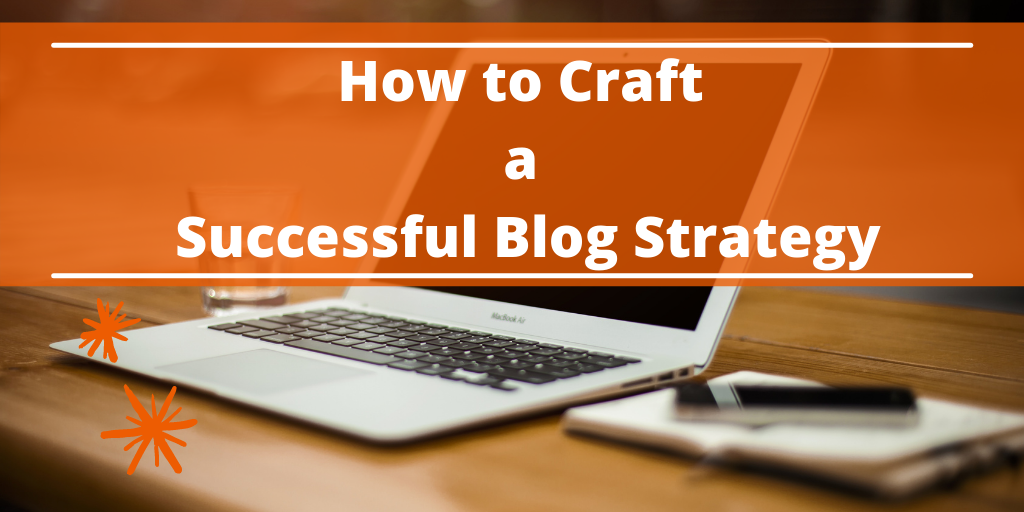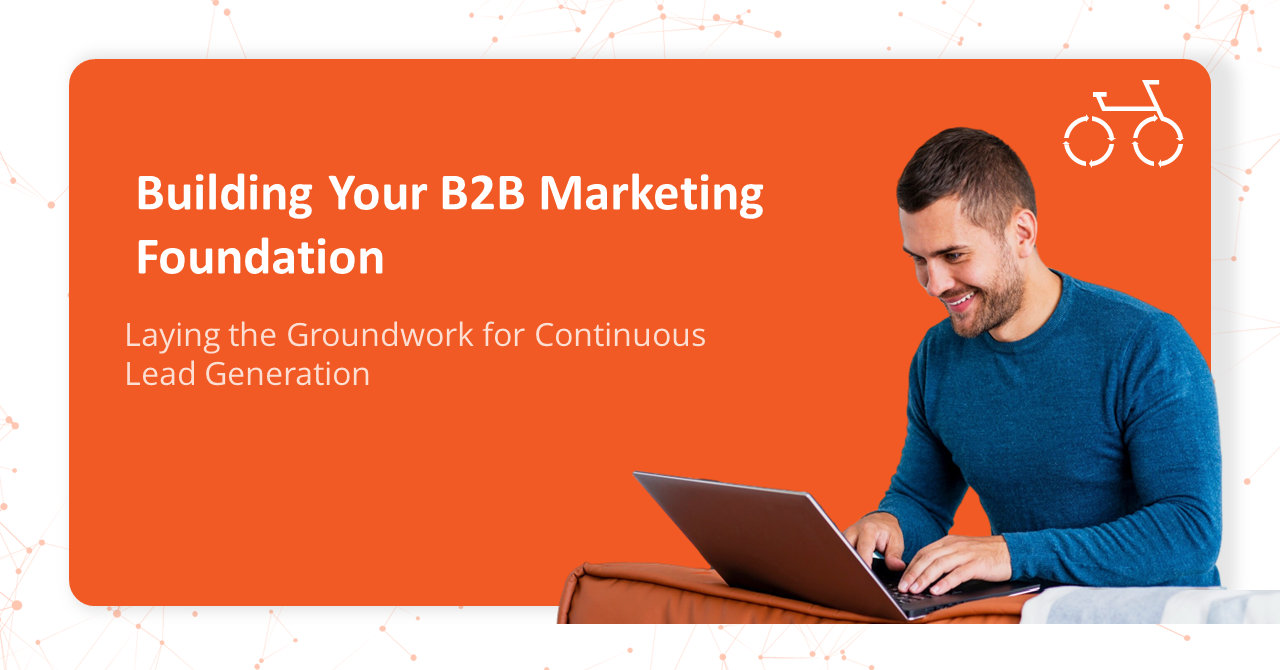The So What? Why Should Your Audience Care About Your Content
In the world of B2B marketing, it’s easy to get caught up in the excitement of your latest company achievement, a new product launch, or the fact...

Your blog posts establish your credibility, your trustworthiness, and your knowledge about your subject matter. This, in turn, will help your prospects to decide whether or not to purchase from you. A blog builds trust between your business and the public.
Your blog not only confirms that you are a leader in your industry, it can drive long-term, sustainable results. If your content is relevant, readers will share the information with each other. This activity can improve your blog presence on the search engines which in turn can increase the ranking of your website.
When planning out your blog content for the long term, you need to consider the Topic-Cluster Model. There are three components to this strategy:
The pillar page is a blog post that is a broad topic about your product, your services, something that you specialize in, or something you provide solutions for.
Let’s say that you sell business financial software. You’re in a crowded market with lots of competitors. Your company decides to implement a blogging strategy. An example of a pillar page for your company might be Automated Reporting. You could then create a general Pillar Page that you will be able to use to create as your “home base” for any blog content that supports “Automated Reporting,” your pillar topic.
As you continue to produce relevant, authoritative content on a given topic the search engines take note. Their algorithms denote you as a topic expert. So your content is more likely to start showing up in searches.
Then the idea is to write subtopic posts relating to “Reporting.” These subtopics would refer back to your Pillar Page with content such as End-of-Year Reports, Monthly Cash Flow, Profit & Loss, etc.. In other words, you would take your general topic pillar of “Automated Reporting” and break it down into many related subtopics.
In doing this, you are structuring your content offering and demonstrating, in this case, that your key topic has many aspects to it that can be discussed. Every one of these different aspects is an opportunity for you to put out content to your key audience discussing aspects of your product or service that might be valuable to them.
Another tip that might help is if you could think of your business as a book. What aspects of your product or service offering would make up each section or chapter of a book? Maybe you really want to focus on how your product or service solves problems. In your imaginary book you could have a key chapter on all the challenges your product solves. Translate this to your blog content strategy and create a pillar page with that as your focus. You can then have various subtopic pages addressing each challenge your product solves.
Make sure to hyperlink the subtopics back to the pillar page so that all of the relevant posts can be easily accessed by the reader. These hyperlinks are very important because they keep your reader on your site, and the different subtopics establish you as an expert in your field.
With the topic-cluster system, it is easy to come up with blog post ideas that are relevant to your readers. The topics are not random but are well-thought-out in advance and relate to your marketing initiatives. With this system, each post is a puzzle piece for the larger marketing picture.
When considering a particular pillar post theme, you want to do some research to make sure that your idea is of interest to your market. Google your topic and some keywords to see how this subject is already doing in the search engines. If it is a popular idea, then you know you are on the right track.
However, you don’t want to just copy the information that is already out there. How can you differentiate your post from the others? You should add some kind of a twist to make your post stand out from the crowd. Tell a story, use humor, give practical advice, or do something unique with your blog post to make it stand apart from all of the other articles on the same topic.
The most important thing to consider when writing a blog is your Buyer Persona. This is a fictional representation of your ideal buyer. You can create a buyer persona using your own company demographics, industry statistics, and an educated guess.
You want to direct your blog posts to your Buyer Persona and not necessarily to the public at large. If you tailor your message to the specific segment of the audience who is most in need of your product or service and is most likely to make a purchase, you will have a greater chance for success. For more information, check out our recent post on creating a Buyer Persona.
Do you need help outlining your long-term Topic Cluster Model? Do you need help defining your Buyer Persona? Contact us at CycleWerx Marketing. Our staff is happy to help you outline your blogging strategy so that your efforts can drive the right kind of traffic to your website. Contact CycleWerx today.

In the world of B2B marketing, it’s easy to get caught up in the excitement of your latest company achievement, a new product launch, or the fact...

Managing customer relationships is crucial for the success of any business, especially for solo entrepreneurs, freelancers, startups, and small...

Laying the Groundwork for Continuous Lead Generation Are you ready to transform your B2B marketing strategy and drive sustainable growth? Watch the...